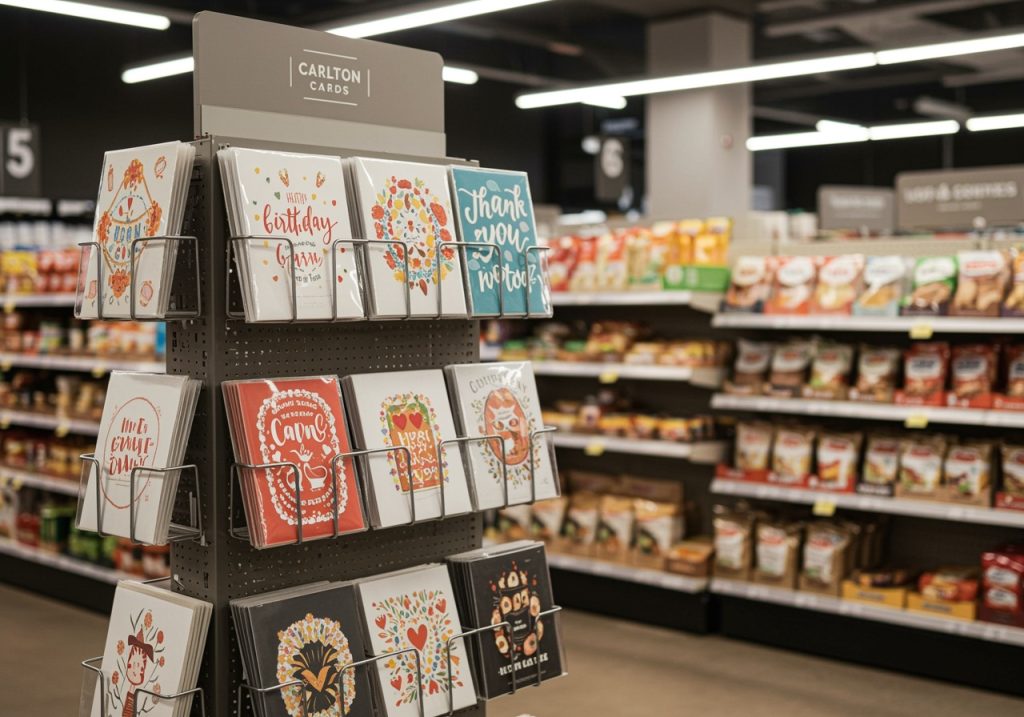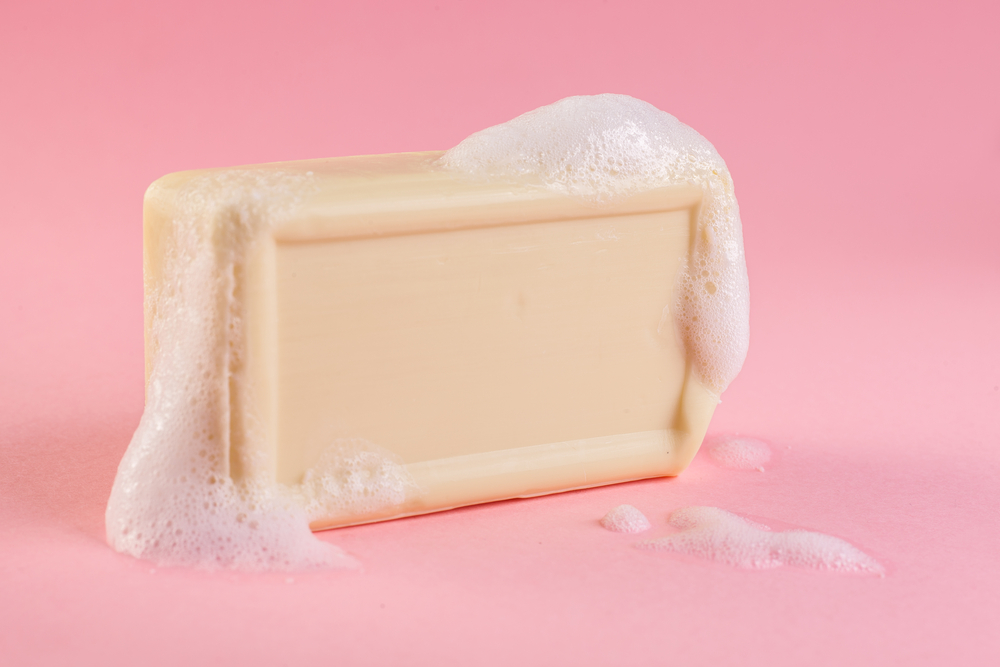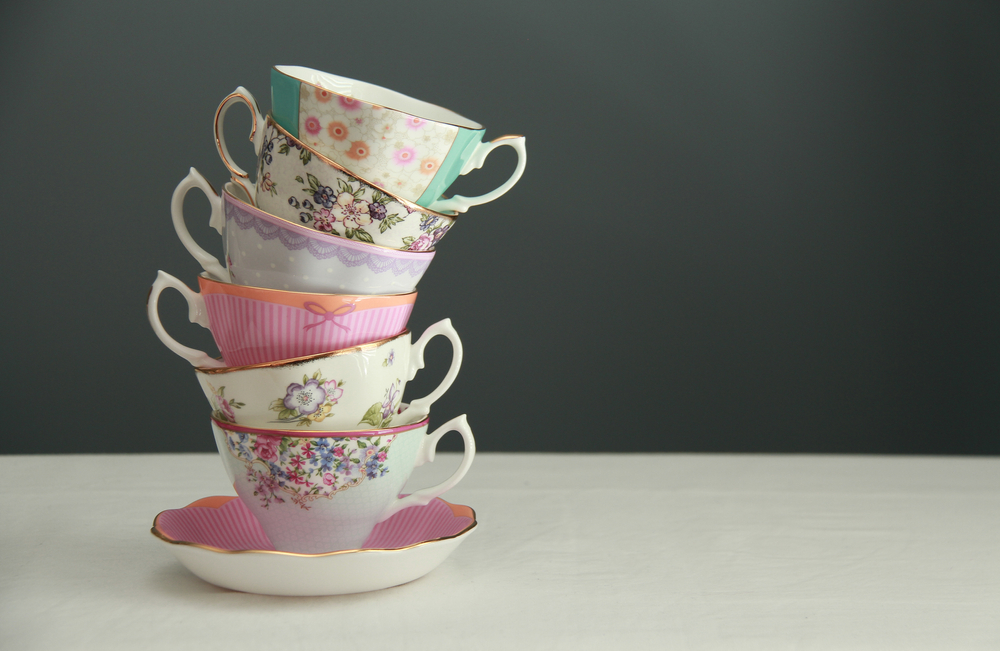You may have noticed a shift in shopping patterns lately. Many products young people avoid are ones older generations considered essentials. Youth buying habits are evolving, driven by sustainability, minimalism, and digital convenience. Younger generations, especially millennials and Gen Z, are redefining the way we consume and shop. Let’s take a closer look at 14 everyday products that are falling out of favor among younger consumers and why their absence highlights changing trends in consumer behavior.
Greeting Cards

Think about the last time you received a handwritten card in the mail. For many younger people, greeting cards feel outdated. Gen Z and millennials often opt for digital alternatives, like e-cards or heartfelt texts. Why spend $5 on a card when a quick phone message will do?
Another factor is sustainability. Printed cards usually come with non-recyclable glitter, foil, or plastic packaging. Younger consumers are more conscious of these environmental impacts and choose greener ways to connect.
Card shops, once bustling with customers, have seen sales decline significantly. Social media shoutouts or personalized videos are fast, free, and more personal. The choice to go paperless is both practical and eco-friendly.
Bar Soap

Bar soap is another product millennials don’t buy as often as previous generations. Why? Convenience and hygiene concerns. Many younger consumers shy away from sharing a bar of soap, favoring liquid hand and body washes.
Typical bar soap packaging also doesn’t resonate with younger people seeking reduced waste. Most prefer refillable bottles or pump dispensers that offer functionality with less mess. Companies offering eco-friendly alternatives, like soap bars without wrapping or refills for liquid soap, are carving out a niche for themselves.
Ultimately, bar soap hasn’t vanished completely, but it’s no longer a staple in younger households.
Cable TV

Cable TV, once a household necessity, is rapidly being replaced by streaming platforms. Younger audiences prefer services like Netflix, Hulu, and YouTube, which offer content on-demand without rigid schedules or endless commercials.
Additionally, cable TV is often seen as pricey and tied to unwanted channel bundles. Why pay for 200 channels when all you really need is your favorite streaming service? This shift has caused companies to rethink their packages, but streaming services remain dominant. These platforms align better with the binge-watching habits and schedules of younger generations.
Disposable Cutlery

Sustainability is playing a major role in what products younger generations say no to, and disposable cutlery is a clear example. Single-use plastic utensils are seen as wasteful and harmful to the environment. With growing awareness of the plastic pollution crisis, younger people are opting for reusable options.
Bamboo utensils, stainless steel kits, or even biodegradable alternatives are now preferred. Many companies, from food delivery services to coffee shops, are getting on board by offering sustainable cutlery options or incentivizing bringing your own. Small changes like this reflect big shifts toward eco-conscious consumer behavior.
Department Store Clothing

The traditional department store shopping experience is another aspect of consumer life older generations loved but younger people avoid. Gen Z and millennials favor online shopping or niche fashion stores that feel more aligned with their personal style.
Big department stores often struggle to appeal to younger shoppers, whose preferences lean toward thrift shopping and independent, sustainable brands. Shopping for secondhand items is affordable, better for the planet, and offers the thrill of discovering unique pieces. Fast fashion is also on the decline as younger buyers prioritize quality and minimalism over quantity.
Traditional Wedding Rings

Younger generations are redefining traditions, and wedding rings are no exception. While older generations embraced diamond engagement rings, younger couples are exploring alternatives.
Lab-grown diamonds, colored gemstones, or simple, non-traditional bands are gaining popularity. Some even skip rings entirely, opting instead for matching tattoos, meaningful bracelets, or other unique expressions of commitment. This change reflects a shift in values, with many prioritizing individuality and cost-effectiveness over convention.
Fabric Softener

Fabric softener aisles aren’t as busy as they used to be. Younger people often skip these products, viewing them as an unnecessary expense. Many also express concern over the chemicals in fabric softeners that can irritate sensitive skin or harm the environment.
Minimalism plays a big role here. Younger generations lean toward multi-purpose, hypoallergenic laundry detergents instead of adding an extra step to their routine. With fewer buyers, companies are now rethinking formulas to appeal to health-conscious and eco-friendly shoppers.
Fine China

Gone are the days of registering for fancy china sets when setting up new homes. Younger generations value practicality and functionality over delicate dining sets they may never use.
Fine china represents an old tradition that holds little relevance for those who don’t entertain formally or don’t like the hassle of hand-washing fragile dishes. Today, durable and stylish everyday dishware is preferred, especially designs that work for casual meals or hold up in the dishwasher.
Alarm Clocks

When was the last time a young adult bought a standalone alarm clock? Probably never. Smartphones have made traditional alarm clocks nearly obsolete.
Phones come with apps that not only wake you up but also allow you to customize tones, snooze times, and even track sleep patterns. It’s no surprise that alarm clocks are among products millennials don’t buy. Technology simplifies our lives, and alarm clocks have been swapped for more versatile options.
Disposable Napkins

Cloth napkins are experiencing a resurgence, while disposable paper napkins are being purchased less frequently. Many younger buyers think, “Why waste money on napkins when paper towels do the same job?”
Cloth napkins are sustainable, reusable, and often more affordable in the long run. This shift demonstrates how small changes in purchasing behavior can lead to reduced household waste.
Doorbells

It may surprise you that traditional doorbells are on the decline. More young people rely on smart home technology like video doorbells or motion sensors that integrate with their smartphones.
These high-tech solutions enhance security and add convenience. With fewer new homeowners opting to install standard doorbells, this product is fast becoming outdated.
Read More: Couple Bought Their Own Island Because It Was Cheaper Than Buying a Home
Cigarettes

Cigarettes, once common commodities, have seen sharp declines among younger generations. Increased awareness about health risks and the shift toward prioritizing wellness are major factors.
Alternatives like vaping or nicotine-free herbal products are gaining ground, but many younger individuals, especially Gen Z, are opting to avoid smoking altogether. This trend reflects a broader effort to minimize unhealthy habits and focus on longevity.
Magazines

Print magazines have been overshadowed by digital content and social media. Online blogs, Instagram, and podcasts easily fill the informational and entertainment niches magazines once dominated.
Younger consumers find digital materials more accessible and environmentally friendly. With subscriptions dwindling, many magazine publishers are focusing exclusively on digital editions.
Desktop Computers

Lastly, desktop computers are fading from younger generations’ shopping lists. Laptops, tablets, and smartphones now offer all the functionality of desktops with added portability.
For young professionals and students, portability is key. Devices that can move easily between home, classes, or work take priority. Desktop sales may still exist in niche markets like gaming, but overall, their appeal continues to decline. However, for those focused heavily on gaming, desktops are preferred.
Are These Products Headed for Extinction?

Products young people avoid reflect a greater shift in values, from environmental consciousness to convenience and minimalism. This evolution in youth buying habits challenges brands to innovate and adapt.
Whether it’s ditching disposable cutlery for reusable utensils or opting for a video doorbell instead of a traditional chime, one thing is clear. The way we shop speaks volumes about our priorities.
What do you think about these changes? Are there products you’ve stopped buying that didn’t make our list? Share your thoughts below!
Read More: 12 Must-Have Foods to Buy Now Before Tariffs Drive Prices Up
Disclaimer: This article was created with AI assistance and edited by a human for accuracy and clarity.

